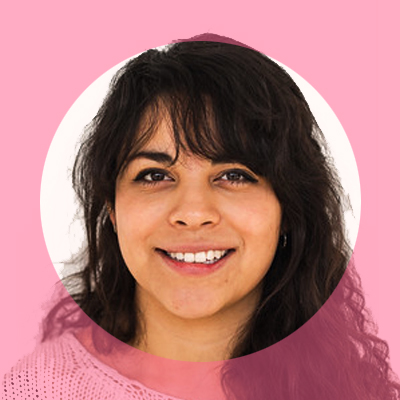
For this edition of our ‘In Practice’ interview series with MA Narrative Environments graduates, we hear from Mariana Martínez Balvanera, an independent spatial-social designer working between Amsterdam and Mexico City.
Name: Mariana Martínez Balvanera
Current role: I am an independent spatial-social designer half based in Amsterdam and Mexico City, working in the realm of community lead urban and rural placemaking projects (within the critical spatial practice approach). Since 2017 I co-founded the CoLaboratory Kitchen Project, where I lead creative programming in public space aimed at environmental and social sustainability.
– Tell us about a narrative environment you’ve worked on since graduating.
In the past 4 years I have been involved in developing a project called the CoLaboratory Kitchen Project, a trans-disciplinary project that involves creatives, scientists, chefs and farmers in the making of sustainable food production models. Having learned that when it comes to combating climate change and keeping our environments healthy, food is one of the main keys to change the course of the way we treat our natural resources.
As planetary health has reached its tipping point I find very important to understand how narrative environments can contribute to opening up spaces for dialogue, exchange and the creation of new collective stories that create a better, more connected and resilient future.
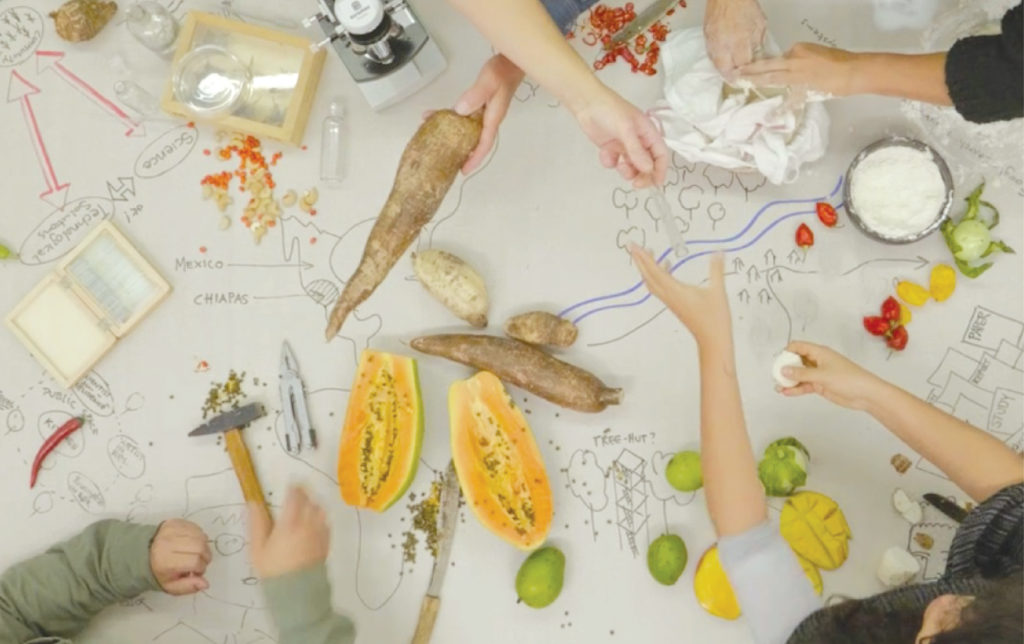
The CoLaboratory Kitchen project takes the metaphor of being together around the kitchen table to design temporary spaces, interventions and installations where people from different backgrounds and with varied knowledges can cook and eat together, and at the same time design new ways of food production that can be beneficial both for rural communities and to the environment.
This project is being developed as a long term scheme in Mexico at the border of the Lacandona Rainforest where a bottom-up, community led public space will hold, in the coming future, spaces for food and material design experimentation, food forests and agroforestry experimental plots, spaces for creative and research residencies, and a huge kitchen to share and taste the products of regenerative farming of the rainforest.
We have recently been awarded a prize to make a living library of biocultural knowledge, seeds, ingredients and recipes of the area which will be made into a mobile unit that roams around the rainforest villages.
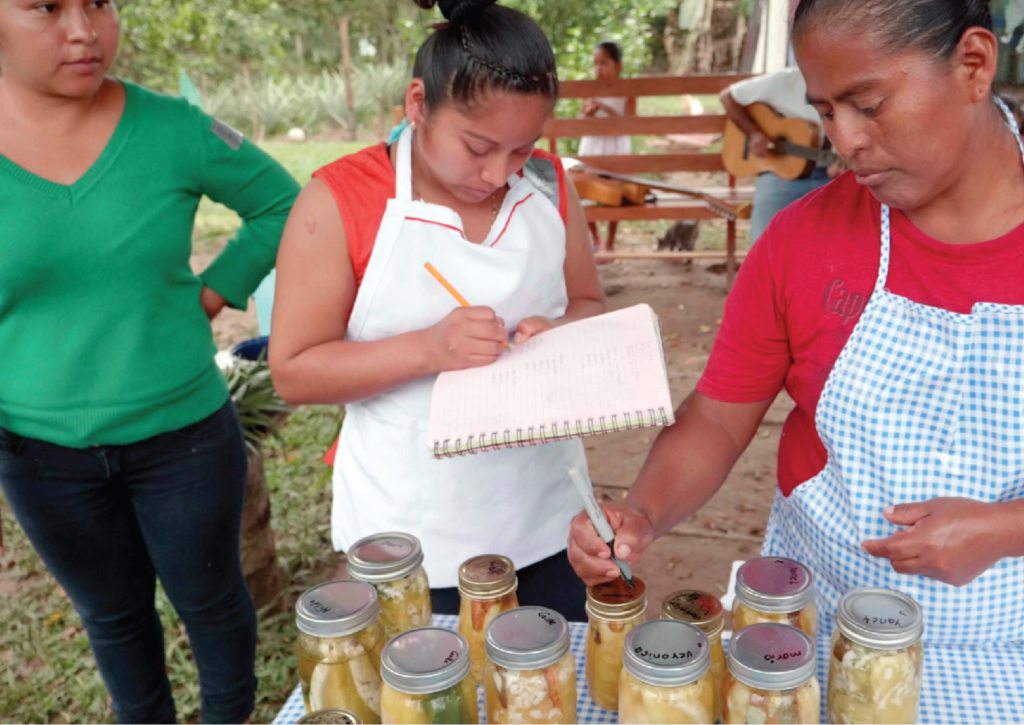
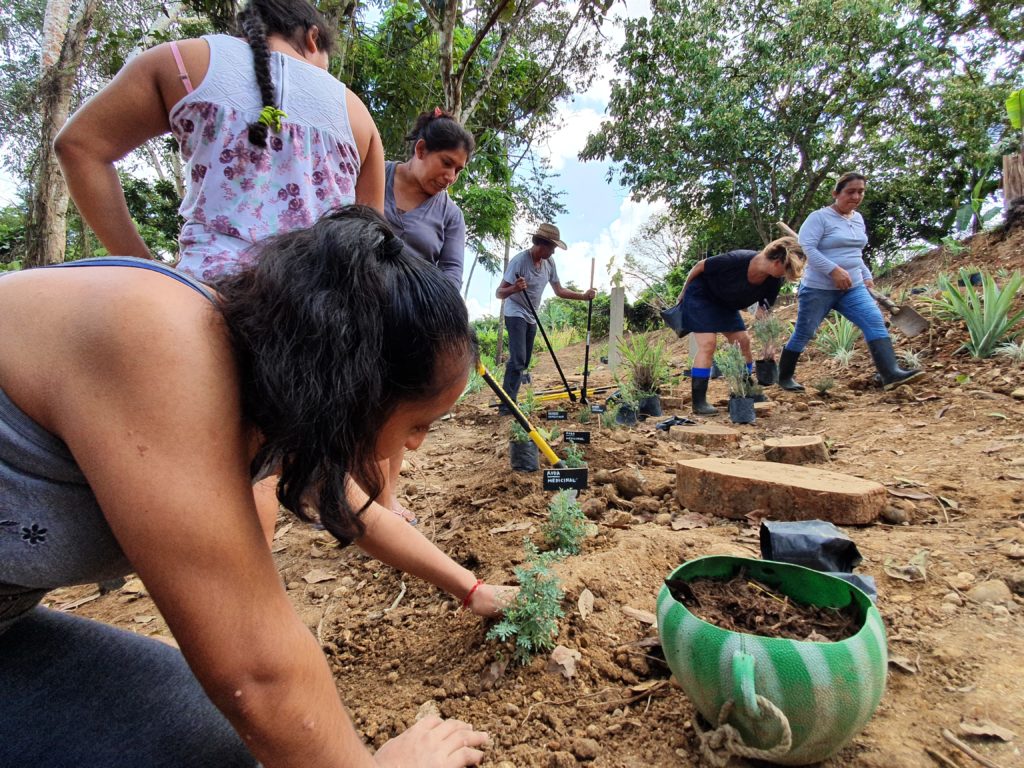
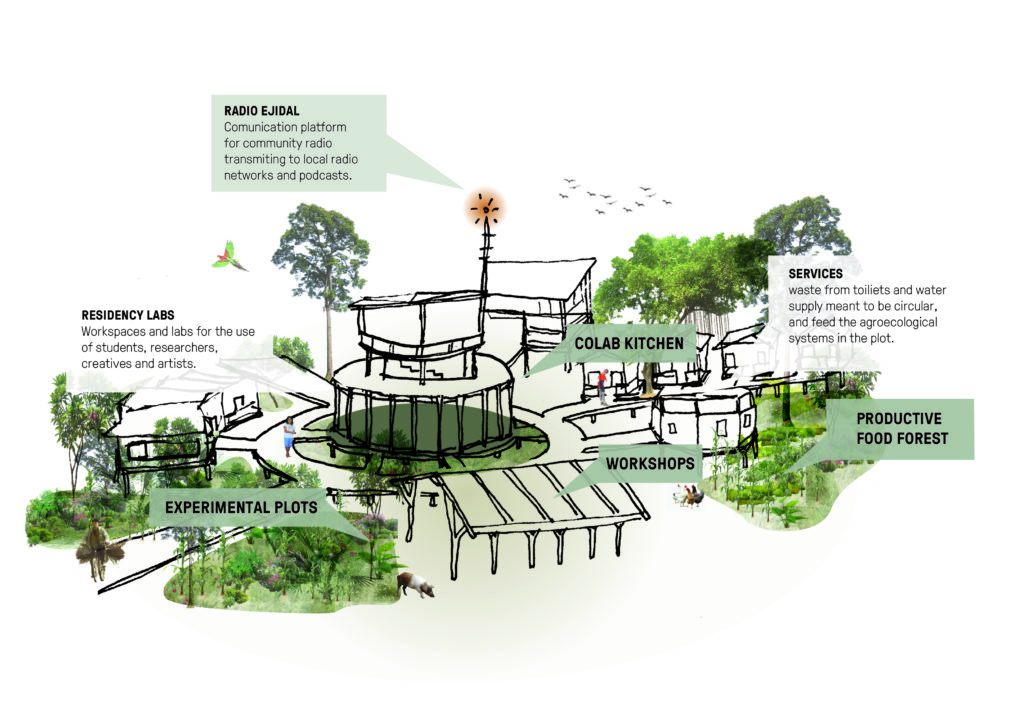
This narrative environment has also taken the shape of a mobile installation/perfomance that can adapt to different localities. This environment is composed basically of kitchen tables made from local sourced objects and materials, cooking ware that is borrowed from neighbours, foods from local farmers and sustainable entrepreneurs, and a radio station.
Around these kitchen tables, guests that come from different backgrounds cook together a recipe with a story about the biological, historical, social landscape that they are standing in. This installation has traveled to Mexico, Rotterdam and the Dutch countryside, Madagascar, and is planned to go to the Antartica in Chile in 2022.
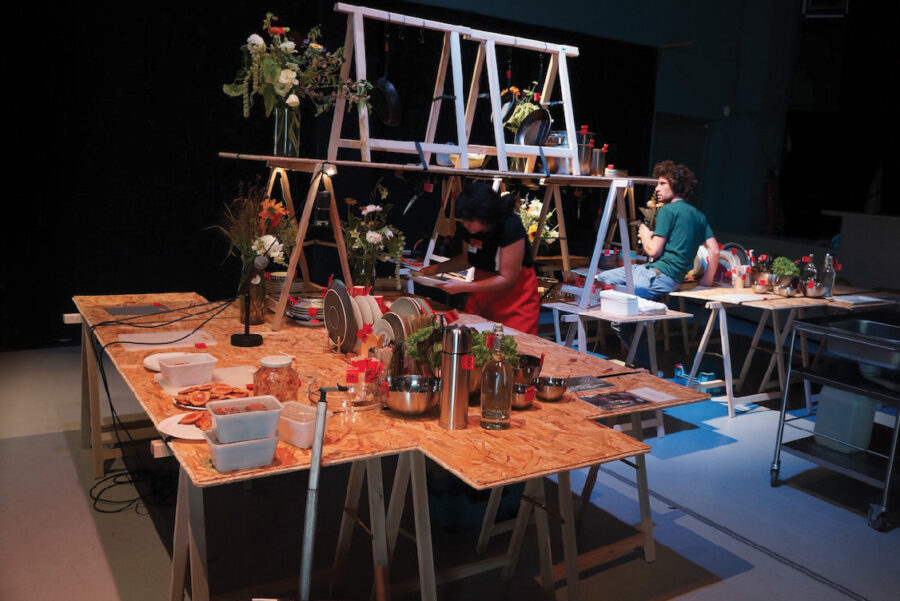
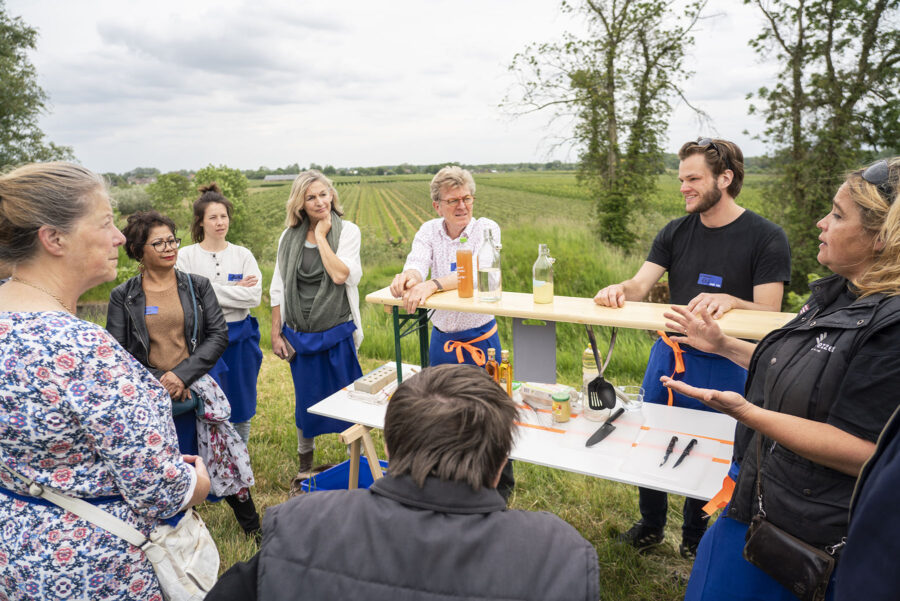
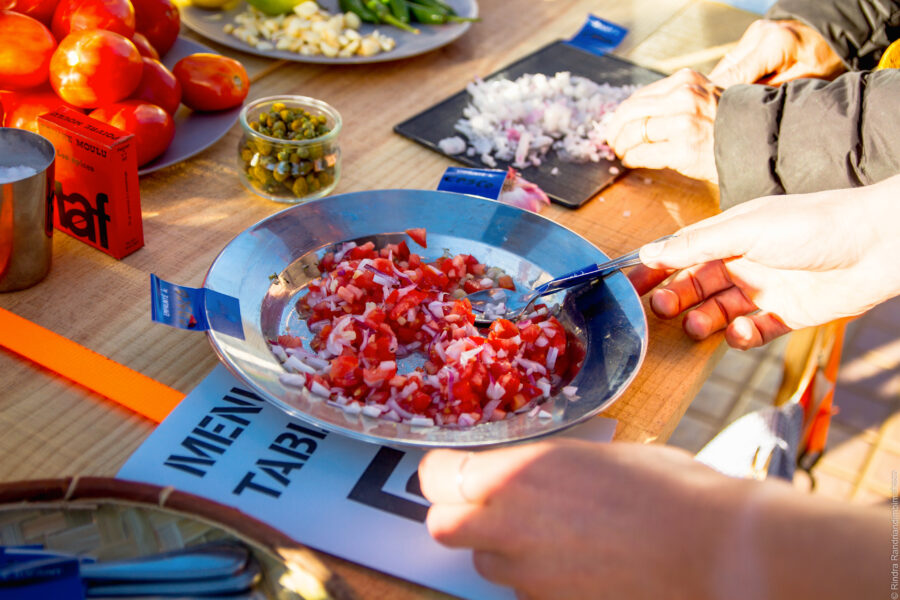
– What’s the most unexpected collaboration you have been involved in?
I would definitively say that working with scientists in the development of the CoLaboratory Kitchen project has been one of the most great and challenging collaborations of my carrier. I do have a fervent belief that if we want to put our work to create an impact on sustainability issues, trans-disciplinary collaborations are needed, this means all kinds of knowledges need to connect!
Working with scientists I have learned so much about how our world works, about social and biological dynamics, about different ecosystems, and also have learned about how accurate sciences work. Yet the most important thing I have learned from these collaborations is that there is a great deal of knowledge created by science that is crucial to understanding our world and that never reaches a broader audiences, for example people in the countryside. In the future I hope to develop more of these collaborations and find new engaging ways to bridge knowledge gaps and design tools for creating critical agencies through narrative environments.
– Is there a current narrative environment you would recommend people to visit?
Last year I was involved in a workshop by Raumlaborberlin that took shape between the Haus der Statistic and the Floating University. The Floating University is a temporary “university” facility built in the middle of a water basin as a laboratory for collective, experiential learning, and transdiciplinary exchange.
On arriving, you find yourself descending into a completely unusual scene from scaffold stairs of a vertical tomato farm and greenhouse. When at the basin, you can experience the site as if it would be floating on the water.
The amazing thing about this construction is that it never looks and feels the same, as the water changes colour, depth and consistency depending on the season of the year, which makes you very conscious of how the natural environment shapes the built environment too.
The experimental architecture is made from very simple materials that adapt into smart eco-technologies, like a water collection system, a biogas kitchen and water powered mills that help heat a jacuzzi tub. Great talks and workshops also happen during the summer months, and you can roam the water basin in long rubber boots.
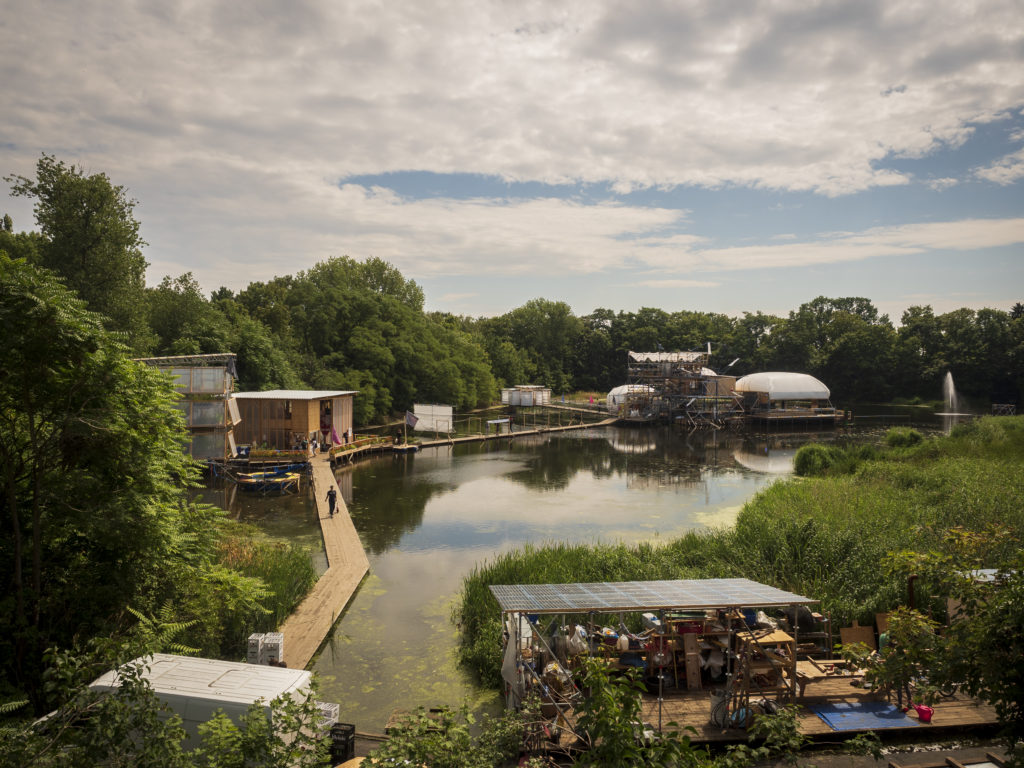
– What narrative environment method or approach have you found useful in your practice?
Storyboarding is something I do regularly to help me understand experiences, workflows, designs, and even presentations.
Another useful method has been prototyping, intervention and role-play. For the kind of projects that I do in public space, interaction is very important. Therefore having the tool to translate a story into real life in the form of prototypes is very powerful, while enacting your own defined role in them.
Short-term interventions can tell you a lot about how people use public space, what the local culture is, the belief systems, what themes inspire people and what doesn’t. Document your process, find connections within the stories and narratives of the local place and your own experience.
What is very important in the work I do is to understand how to create frameworks of storytelling that are free enough for participants to become co-authors, so in that sense, understanding your audience and their specific context will help you create a meta-narrative. This meta-narrative, can be a way for people to take agency to add their stories within the narrative environment and become creators as well.
– What advice would you give a current student about to graduate?
Don’t be afraid of trying out your ideas, make prototypes, test them in real life, this helps you understand your own processes and the way that people perceive your work- and modify it until it is the way you want it to be! If there is a theme that moves you, learn more about it, become an expert of it, knowledge is power.
Collaborate with people you never thought of collaborating, they can always bring you new insights and that will make you more resilient in the way you design narratives.
Don’t be afraid to ask for guidance from people you admire, they might hold the best connections for you. Understand what you are good at and which processes you like the most and what moves you to make things, make these your practice.